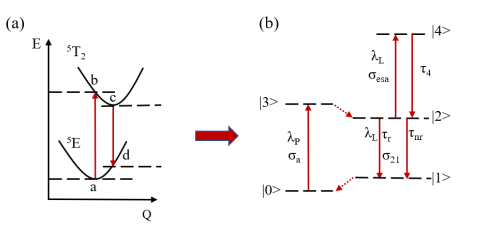
Fe2+:ZnSe laser is one of the research hotspots of new mid-infrared solid-state lasers with a wide application prospect in the fields of atmospheric monitoring, space remote sensing, laser medical, laser radar and so on. Because it has broad bandwidth tunability and high energy output characteristics.
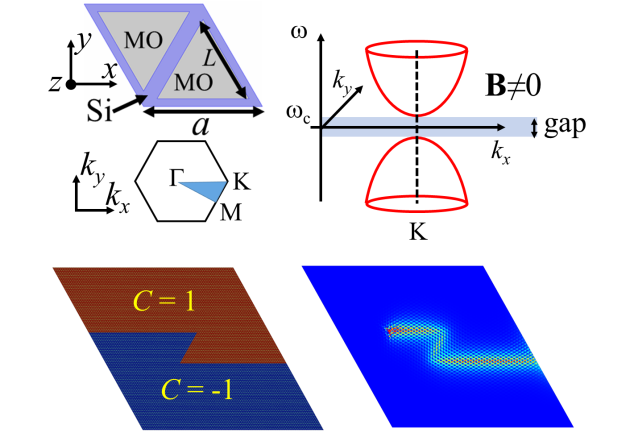
Topological photonics is an emerging area that provides unprecedented opportunities for controlling the flow of light in photonic integrated circuits. With the introduction of non-trivial topological phases, a one-way street for light is feasible in photonic crystals (PhCs) and other platforms. Like a tightly regulated one-way traffic lane, light cannot be reflected back in these exotic structures.
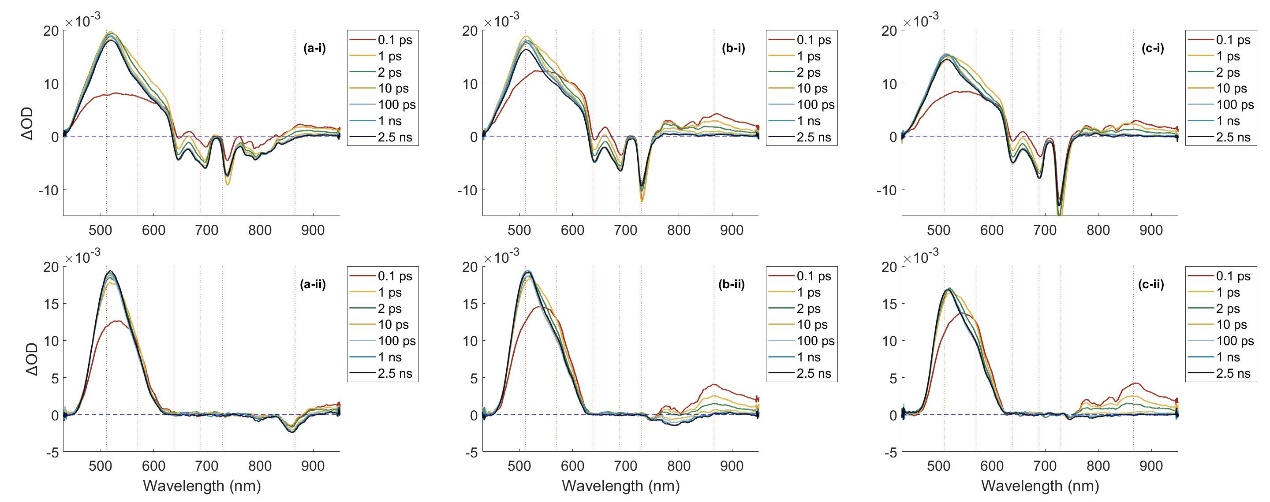
High power laser technology has been developing since its emergence, it has been widely used in various fields. Accordingly, to avoid eyes and devices from high-power laser damage, the research on laser protection has also been paid great attention. The optical limiting technology based on the principle of nonlinear optics is one of the important technical means to realize laser protection.
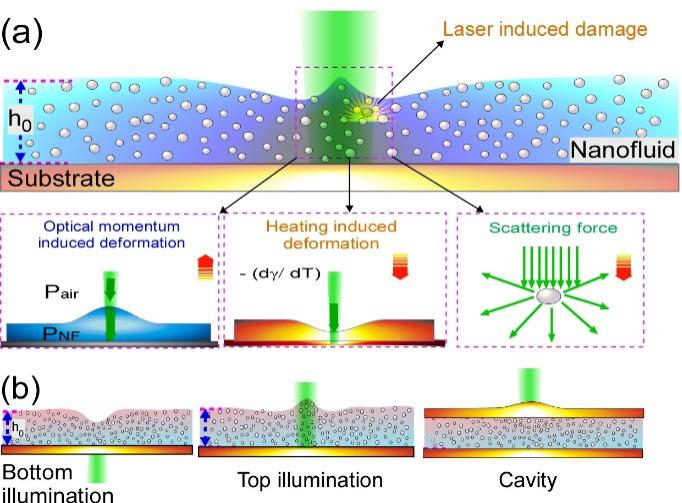
Nanofluids (NFs) have been found to possess enhanced thermophysical properties compared to those of bare fluids like organic solvents or water. Since the first study was published in 1951, NFs have emerged as promising heat transport fluids with enhanced thermal conductivity in a wide range of technological applications, e.g. electronic cooling, solar water heating devices, nuclear reactors, radiators.
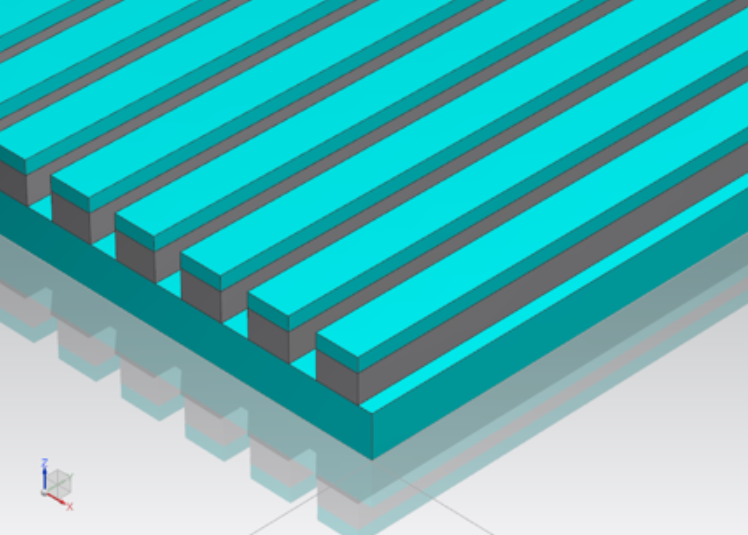
Compared with traditional color dyes, structural color has the advantages of high resolution and good stability, which can achieve full-tone modulation in the visible light range. All-dielectric metasurface structures are proposed to replace plasmonic metasurfaces with higher losses.

Adaptive optics (AO) system on the large ground-based telescope is widely used for resident space object (RSO) observation. As a common wavefront sensor for AO, the pyramid wavefront sensor (PyWFS) possesses advantages such as high sensitivity in closed-loop corrections and adjustable sampling in real-time operation, which makes it suitable for high-resolution imaging.
